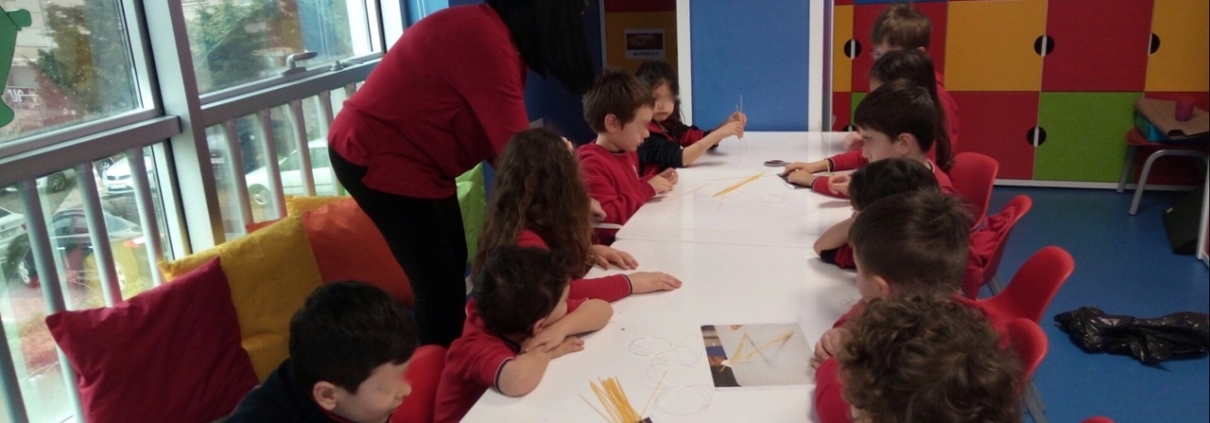Culture is the catalyst
As an agile coach, I always look at everything in my life with my agile glasses. I always follow the agile philosophy. This happens while working professionally in my business life, and it also happens while pursuing family and other affairs in my private life.
I have a six year old daughter. My inspection about her learning journey on new skills and knowledge is that she gets the best results while playing games with her friends or me. Children like playing games all the time and every time they gain new knowledge and enhance their skills in the particular topic. At agile42 we believe that adults and professionals also best learn new concepts and understand them by practicing and by doing simulations in trainings and coaching sessions. Therefore we develop and use a lot of games and simulations while working with professionals.
I like to see how adults and kids act on the same context and environment while playing agile games, so I make some experiments to see how kids play agile games and how they act during the game and if there are any different learning topics out of the games.
I recently facilitated the Marshmallow Challenge in my daughter’s class who are at the age of five and six. I picked this particular game because I also facilitate this in my professional classes. Some colleagues from Canada has also facilitated this game previously with kids and you can find some good blog posts about the concept of this game on our website. The inventor of this game, Tom Wujec, has also a number of related stories on his blog.
My Marshmallow Challenge
Since it is so well described, I am not going to explain the game in this post. However, I want to share the outcomes and my observations about cultural effects and teamwork concept mostly.
My brief notes from the experience of the game are as follows:
- Children were very excited and interested to play the game.
- Children have no trouble understanding the game. We helped them to divide into two groups to play the game.
- The first point to mention is that as soon as I said “go and build” they wanted to start building immediately.
- Although they understood the rules of the games the most difficult thing for them was to work as a “team”.
- They really struggled to work as a team, they were acting personally trying the get the materials to build the tower. More active kids obtained the most of the material leaving rest without materials.
- So I and their class teacher stopped and reminded them to work as a team again.
- Soon one of the groups realized that if they worked together and collaborated and used the distributed materials together they could reach the goal and they started working as a team.
- At the end of time box, the group who realized the team concept were able to build the tower. The group who worked individually did not have anything but only wasted material in their hand.
Learning to work as a team
After the game I talked with their class teacher and discussed the fact about how the kids were struggling to work as a team. We agreed that they will not be used to the team concept, if the culture and education system does not encourage team work over individual performance. A natural consequence is that these kids will also be struggling to work as team members when they have grown up.
We all know that the problems we encounter in business are complicated, and the solutions we need to develop are not plug-and-play. It is often not possible to achieve the desired business outcome based solely on the competence of one person and her knowledge of the expertise. Therefore, professionals with different competencies and expertise need to come together as a team to produce solutions, test them quickly, and produce them iteratively.
There is no one-size-fits-all
Finally it was nice to experience the game with kids and results that was relevant to our context. Realizing one more time that culture is also the main catalyst to grow and let the concepts like self-organization, team work, experimentation, etc. live in organizations. As it is a fact that culture is different from country to country, it’s also different in various organizations even different in various parts of the same organization. So agile coaches, we can’t apply the same solutions in every single organization. We need to find solutions and optimize them through retrospection and continuous improvement relevant to the cultural context of the environment. There is not one size solution that fits all. There needs to be real focus and support to grow agile concepts individually in each of the organizations.

